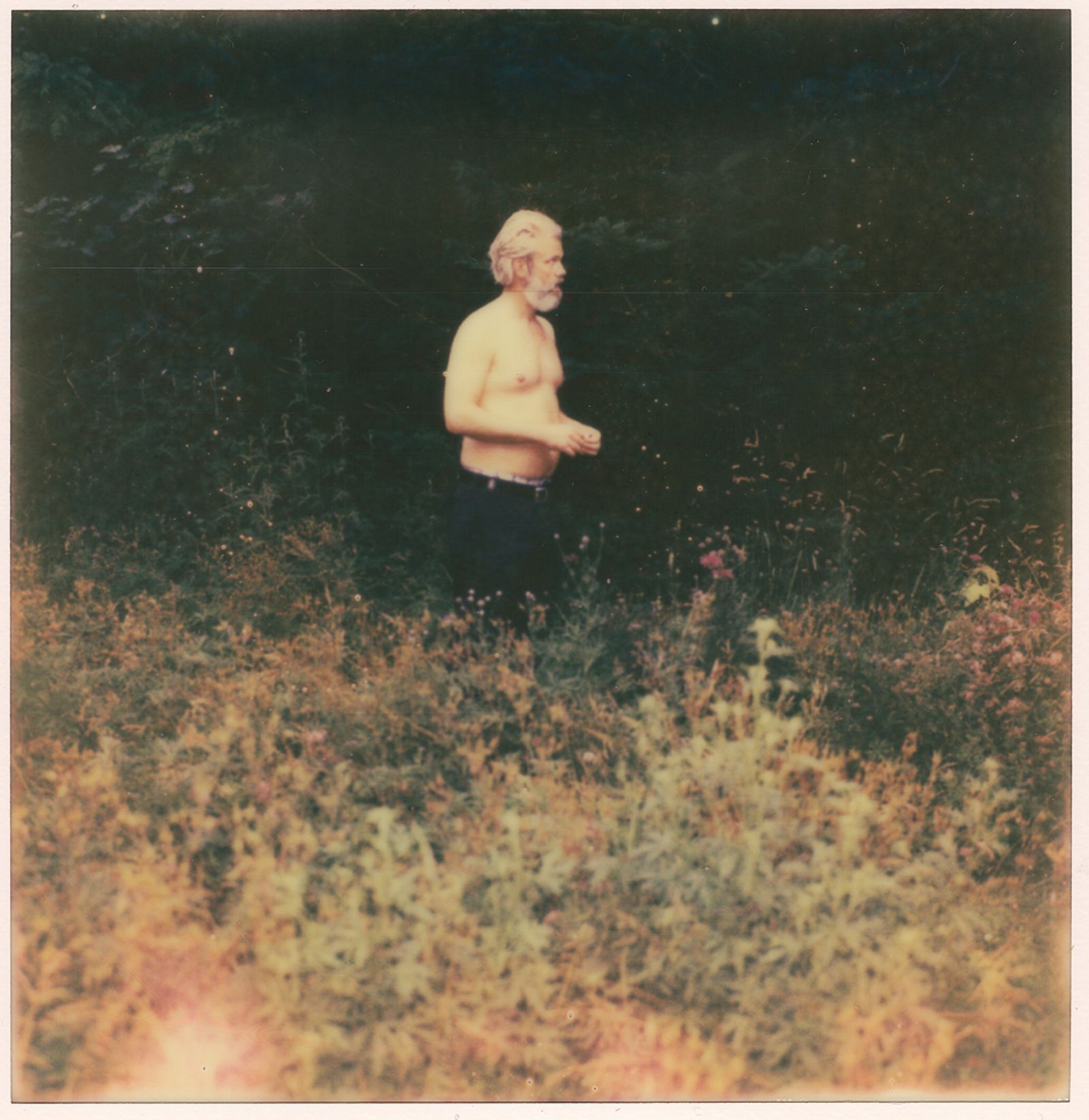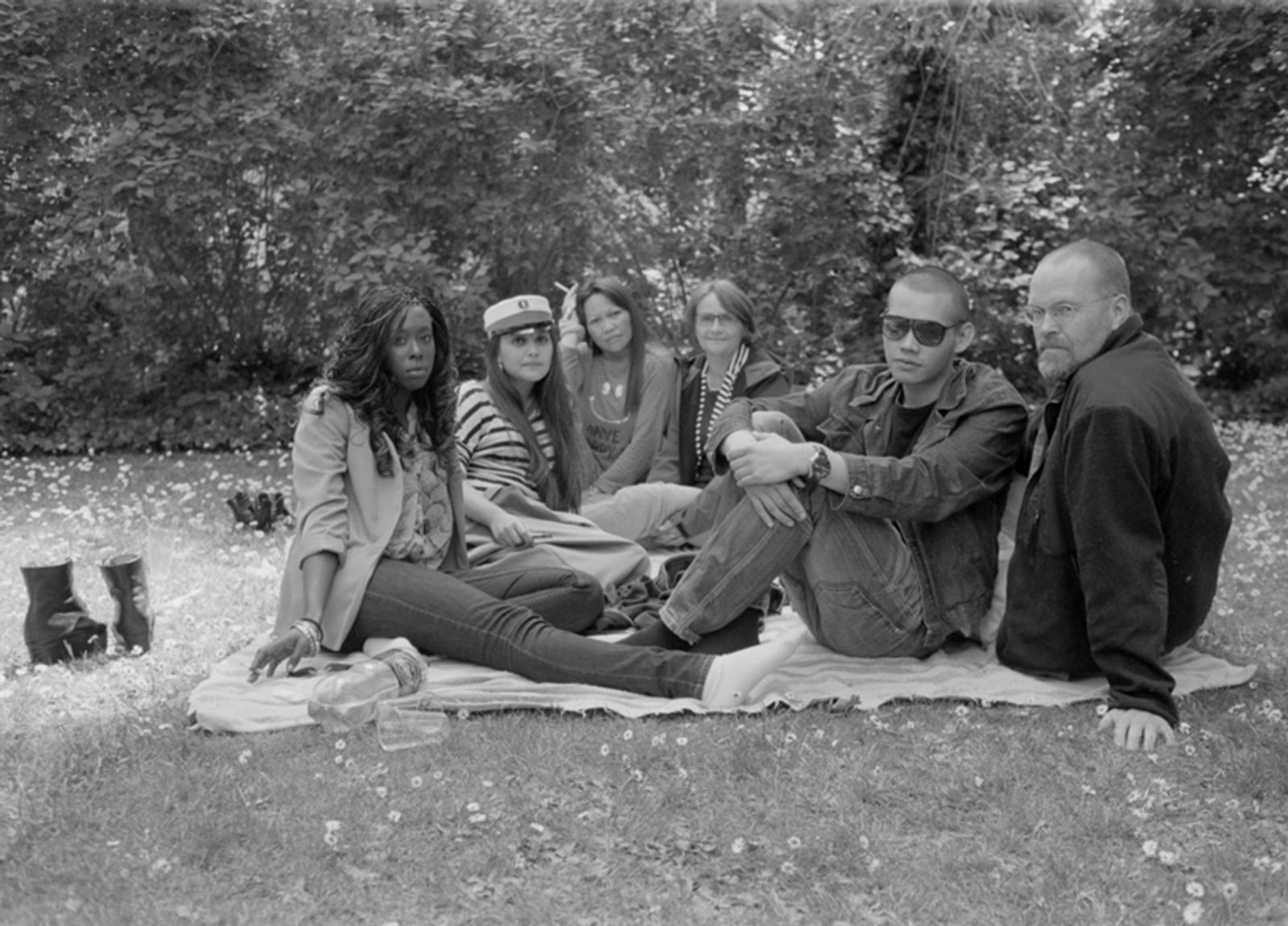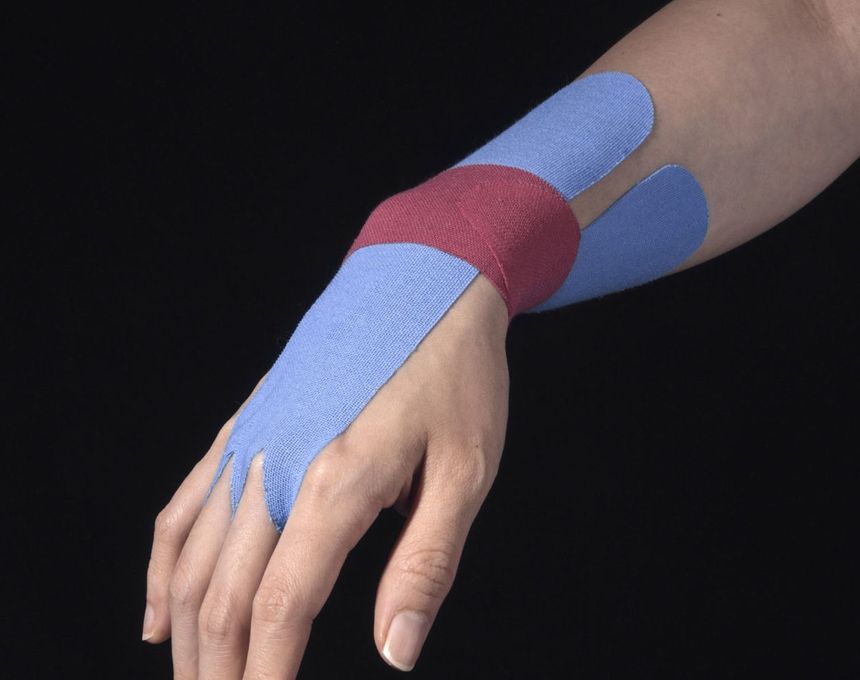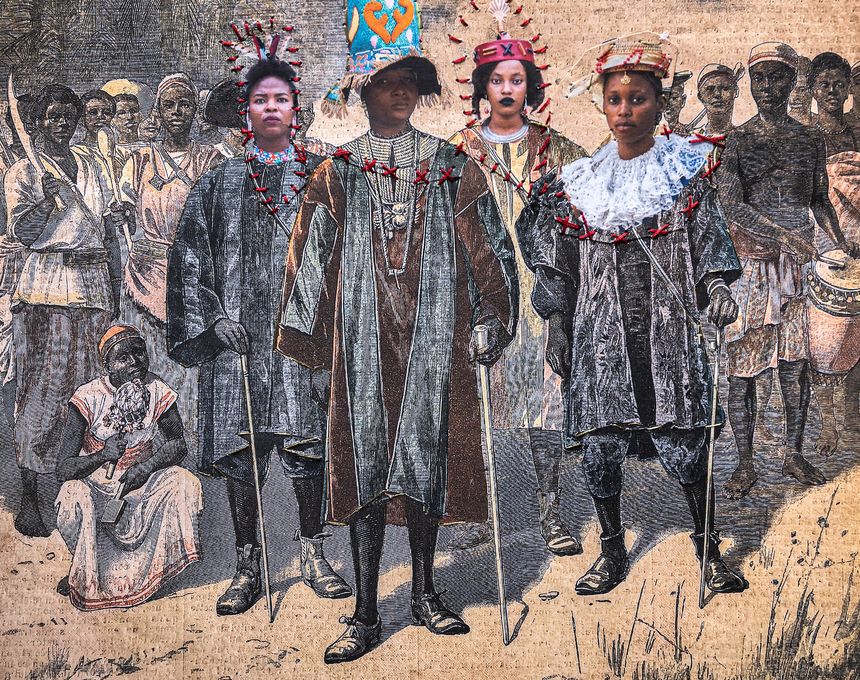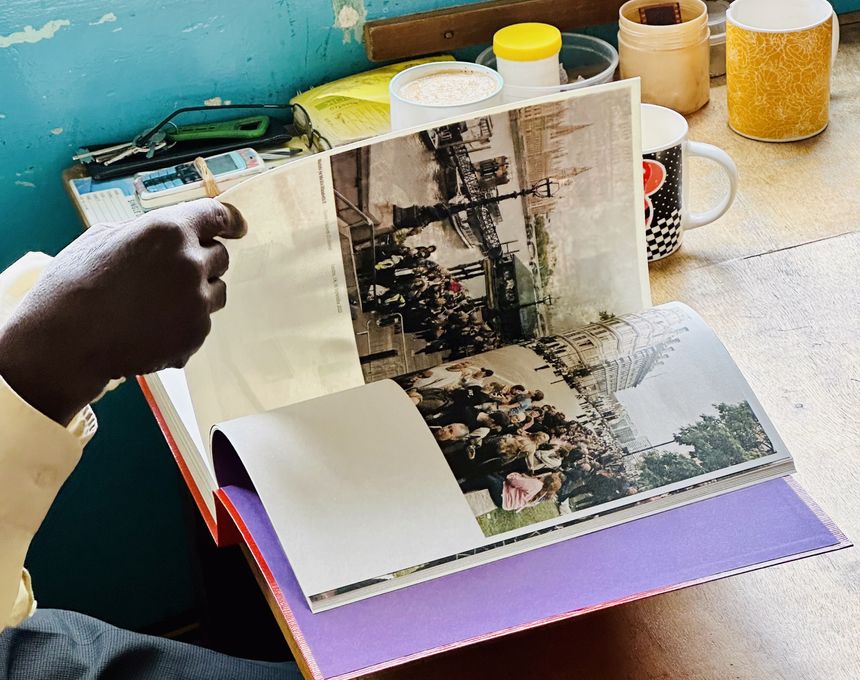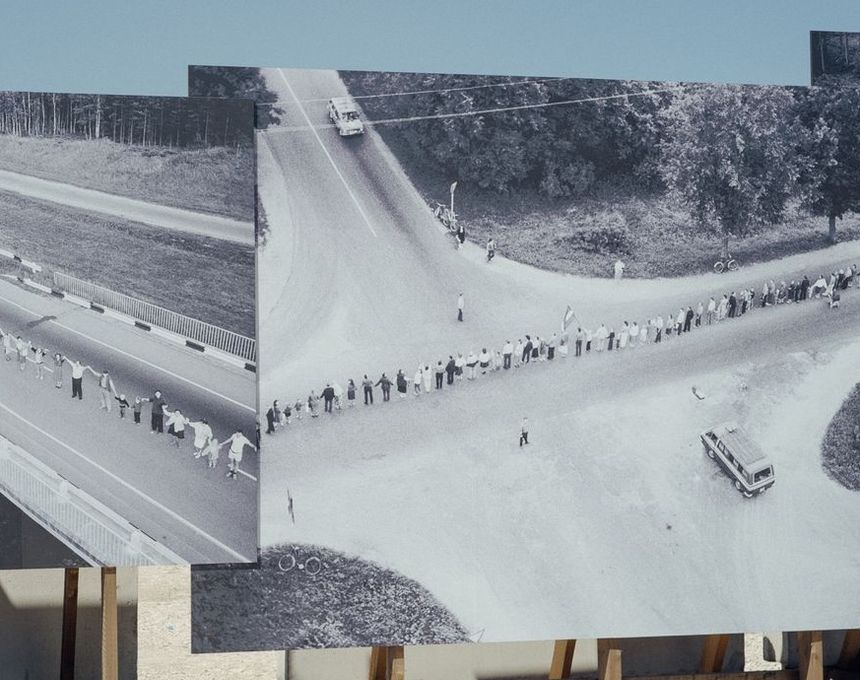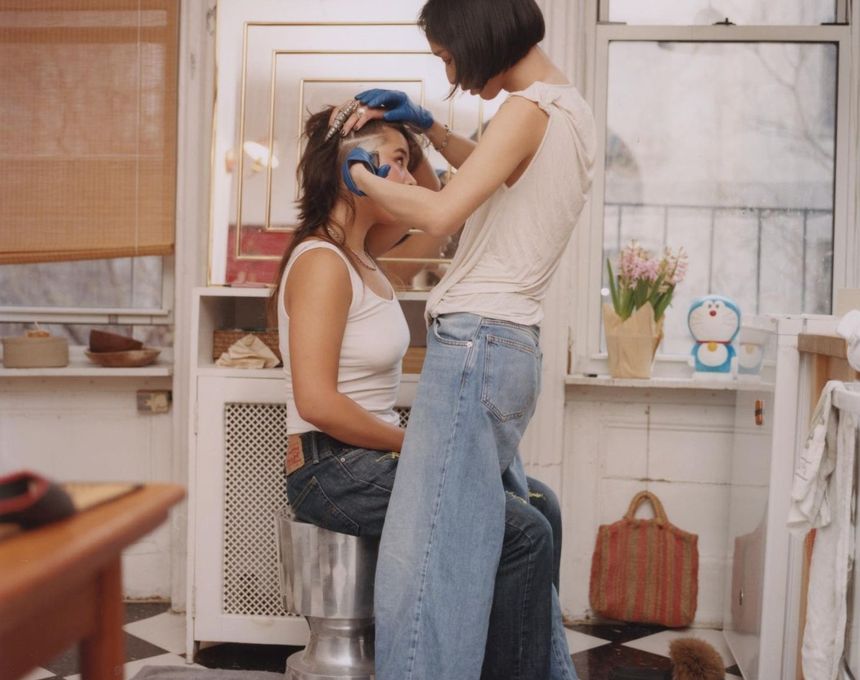HOW TO DIE by Juan Hein
-
Published22 Mar 2016
-
Author
"Today my photography is a tool, a medium, a language, which I look to use simply and in a personal way in this universe filled with images."
"Today my photography is a tool, a medium, a language, which I look to use simply and in a personal way in this universe filled with images."
How did you get into photography?
I started when I was 12 years old taking portraits of my sister who was 2 years old, but I realized I was really interested in it when I was 17 through my first teenage love. She knew how to operate an analog camera, how to develop film and how to print from negative, and I found that process fascinating. Later, I was lucky to work in photography, first as an assistant and later as a subeditor in photography for an Argentine newspaper, and there I learned a lot, or at least it was the moment when I came across with people with experience in photography, who could introduce me to concepts and authors. However, the paths are mysterious and very personal and always ends up difficult to find out or distinguish the real connections. After all, everything is a continuous linking of relations, decisions and influences, which impact your interests, in my personal case, it is photography. What I can definitely say is that my first or original interest for photography had to do with the faith in reproducing reality and today I am more interested in that default or in the effect that it looks so much like reality , but not really being.
How did it come about your project, HOW TO DIE?
I moved from Buenos Aires to Copenhagen in 2007 and since I arrived to this new city I found out about this cemetery right away, which is situated in the centre of the most ethnic and cosmopolitan neighborhood, Nørrebro. I was right away interested in this place. It is the most crowded cemetery I have ever been. People go and have picnics, sunbathe naked and celebrate their birthdays with friends among the tomb stones. It was a very natural decision to react with my personal reaction and photographic eye, even though I did’t know where I was going to go with it, whether I was going to create individual images, a series or a project to make a book. I started to accumulate more and more photographs, and I started to reflect upon what I was shooting, or what was happening to me with that location and the people who was spending their day among the dead. Later on, I decided to become constant and in fact, prepare like a tradition to create like a certain relation with the person I was going to photograph, so I did a questionnaire which would show a relation between the two of us, with only three questions: 1. How would you like to die? 2. How do you think you will really die? and 3. What happens after death? All of that information in a way, aside from registered it all, worked towards my view and the image that I was going to create. This exchange motivated me because of that talk and that moment of reflection about death. I started to understand that photography is about that, to talk, quote, create something dead and make it reincarnate. Photography works a lot with death, with the past to make it present in an unknown future. This is an existential and metaphysic quality from the photographic medium as such, and this is something I refreshed or deepen through the project.
Can you explain how did you come to the title, HOW TO DIE?
I thought it would be interesting to make with the title a reflection, but at the same time a provocation and in a way almost a joke about it. Today, there are books about learning or making almost everything, books but also templates, applications, google, more and more. It is believed that we can learn almost everything, but learning about dying not much. To try to resolve in one way or another that question from a photographic series is the most ambiguous one can hope, I believe. I also thought is like a homage to the people who live in that cemetery and they themselves make a statement about life.
Could tell us about your technique in your project, HOW TO DIE. Have you used different cameras throughout the project? and why?
At the beginning it was almost a mistake: I did a couple of pictures with one camera, Olympus Stylus, which I have had since the 90’s and then I found a different camera, a Hasselblad, so I did some images with that, which I found interesting. When I started to gather and look at all the images, I thought there is some logic behind that the project is developed with an analog camera, almost as a way to execute photography that is extinct and which the film texture will give to the series a chromatic and image quality that would be like vintage or old, and I thought that fitted the coherence of the project.
I also decided to use different cameras and different type of films, which would add on a risk, in a way, the author’s point of view and it would be almost like found photographs edited together by me. I saw in that decision something profoundly coherent with the topic, which is after all something as pretentious as life and death. I thought also that I would experiment with the essay in different levels and that that would be my authorship rather than the use of a film or camera. This is also why I decided that the images should hold their imperfections, something unique about the experience with the photographic film, and to me in a way is also to consider error like a sign of death or the imperfection of life or the image that we have from it.
How has living in Denmark influenced your work?
I think moving to another or different place is almost more important than the place itself. The main thing is to see one self from a different point of view and to understand or to simply react in an active and motivated way. That has been the biggest influence for me I would say. Then from the formal point of view, I think my photography has become a search for the creation of an image more simple, descriptive, and to find in that simple combination a renovated fascination for the creation of the image and its capacity of expression. When I moved here, I thought I was coming for the exact opposite, because of the technical skills, a documentary language with the power of revealing truths, a competitive variety. Anyhow, today my photography is a tool, a medium, a language, which I look to use simply and in a personal way in this universe filled with images.
To learn more about Juan Hein visit his PHmuseum profile
